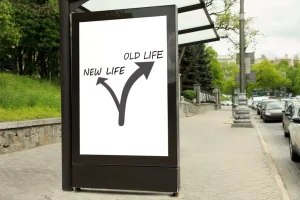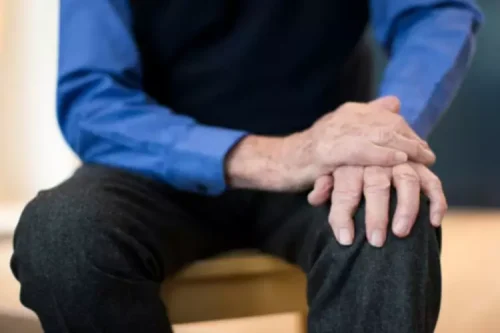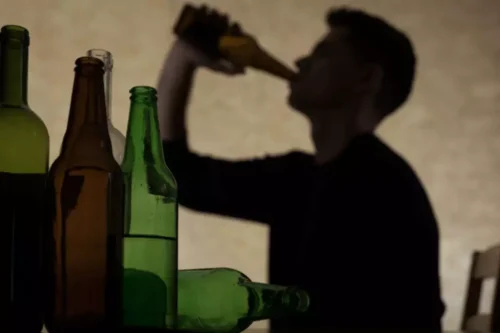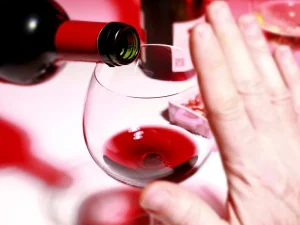
The class of psychostimulants had several options such as amphetamine, lisdexamfetamine, lorcaserin and methamphetamine for chronic cocaine craving. Our findings are in line with a review [150] of 9 clinical trials, of which 4 evaluated craving and one showed a significant anti- craving effect cocaine addiction treatment of dexamphetamine. Progesterone was shown to be effective for treating craving in two out of three studies, in cocaine-dependent men and women who used the drug for 7 consecutive days. The antidepressant mirtazapine also showed a significant reduction in craving in 1 of 2 studies with it.
Sacramento leaders: Prop. 36 would begin an ‘era of mass treatment’ for drug addiction Opinion

Cocaine, especially crack cocaine, is strongly addictive for several reasons. For one thing, the high feels very pleasurable, especially when you first try it. So you might keep taking the drug to prolong the good feelings and put off the unpleasant comedown. If you use cocaine regularly or to excess, you may have long-lasting and serious problems with your https://ecosoberhouse.com/ physical and mental health. It can affect your heart, brain, lungs, gut, and kidneys as well as your emotional health and daily life — especially if you become addicted. Use of cocaine is less common in the U.S. than misuse of prescription painkillers (reported by 2.4 million people in the 2021 survey), or use of hallucinogenic drugs (2.2 million).

Assistant Secretary for Mental Health and Substance Use

Overall, the mixed results of modafinil trials to date do not suggest significant efficacy of this drug in cocaine users as a whole. However, modafinil has shown efficacy in certain subpopulations of cocaine users, in particular those without comorbid alcohol use. The efficacy of modafinil may also be sensitive to degree of adherence to treatment. In most trials, modafinil has been shown to be well tolerated and it has low abuse liability, making it a potentially safer choice of dopamine agonist for the treatment of CUD. Behavioral treatment includes psychotherapy and other psychosocial interventions. Often, behavioral therapy is initiated right when you begin detox, or even before you stop using the drug.
Stage 2: Mental relapse

It’s like building a bridge back to the “real world,” ensuring that the transition is smooth and supported. During detox, the body goes through withdrawal as it adjusts to functioning without cocaine. Symptoms can range from intense cravings and fatigue to depression and anxiety. It’s a bit like a rollercoaster ride for the body and mind, which is why medical professionals are there to help smooth out the bumps. They may use medications to manage these symptoms, making the process more bearable and reducing the risk of relapse. Because trying to battle cocaine addiction alone is like trying to sail through a storm without a compass or a crew.
- At least one computerized version of CBT has been shown to be effective for the treatment of CUD.
- Cocaine, especially crack cocaine, is strongly addictive for several reasons.
- By recognizing the signs of addiction, those who are addicted can identify the problem, seek professional treatment, and experience lasting recovery.
- Research suggests that certain communities may be more prone to using drugs, including cocaine.
- CCCADA Cocaine Addiction Treatment understands the challenges you face and is here to help.
Cocaine Use Disorder (CUD): Current Clinical Perspectives
Treatment should be tailored to address each patient’s drug use patterns and drug-related medical, mental, and social problems. The chronic nature of addiction means that for some people relapse, or a return to drug use after an attempt to stop, can be part of the process, but newer treatments are designed to help with relapse prevention. Relapse rates for drug use are similar to rates for other chronic medical illnesses. If people stop following their medical treatment plan, they are likely to relapse.
Center for Mental Health Services (CMHS)
Altogether, the shift of cognitive and emotional aspects of cocaine-related memory can lead to compulsive drug-seeking behavior [8]. At the neurobiological level, prolonged cocaine use can cause brain circuitry modifications and progressively sensitize dopamine systems, leading to recurrent and intense urges—or craving—to use cocaine. Craving is defined as “a more intense, urgent abnormal desire characterized by longing, yearning and physiological need for drug” [4]. The shift from “wanting” to use a drug to “craving” it occurs due to a progressive salience attributed to drug-related stimuli, even when negative cognitions are attributed to drug use itself [5]. Drug use disorder, or addiction, is a complicated disease that involves changes to your brain structure.
- This journey, often fraught with challenges and self-doubt, demands a level of truthfulness that can be both terrifying and liberating….
- First, published and widely accepted guidelines to conduct and report systematic reviews were used [17].
- Carbamazepine, biperiden and pioglitazone also presented significant anti-craving effects in long term treatments, although each one was evaluated once.
- The impairment of judgment and loss of impulse control further promotes high-risk behaviors, sometimes increasing the risk of accidents or exposure to infections like HIV and hepatitis C.
- We offer a range of supportive services to help you navigate this challenging journey.
We found low SOE from six trials43–48 that naltrexone was no different than placebo for abstinence or retention. For studies of acamprosate,50 varenicline,51, 52 buprenorphine plus naloxone,49 and methadone compared directly with buprenorphine,35, 36 there was insufficient evidence to form conclusions on the outcomes of interest. In conclusion, while cocaine addiction can feel like an insurmountable obstacle, there is hope.
- Additionally, they need to help empower through communication their patients who are prescribed opioids.
- There are several promising classes deserving of further research including psychostimulants, bupropion, topiramate, and treatment of patients with comorbid opioid use disorder.
- Cognitive behavioral therapists teach patients to recognize harmful thoughts about themselves – thoughts that might serve as triggers for a relapse – and situations where they might experience temptations to use cocaine again.
- It’s crucial to understand the significance of getting professional help for your cocaine addiction.